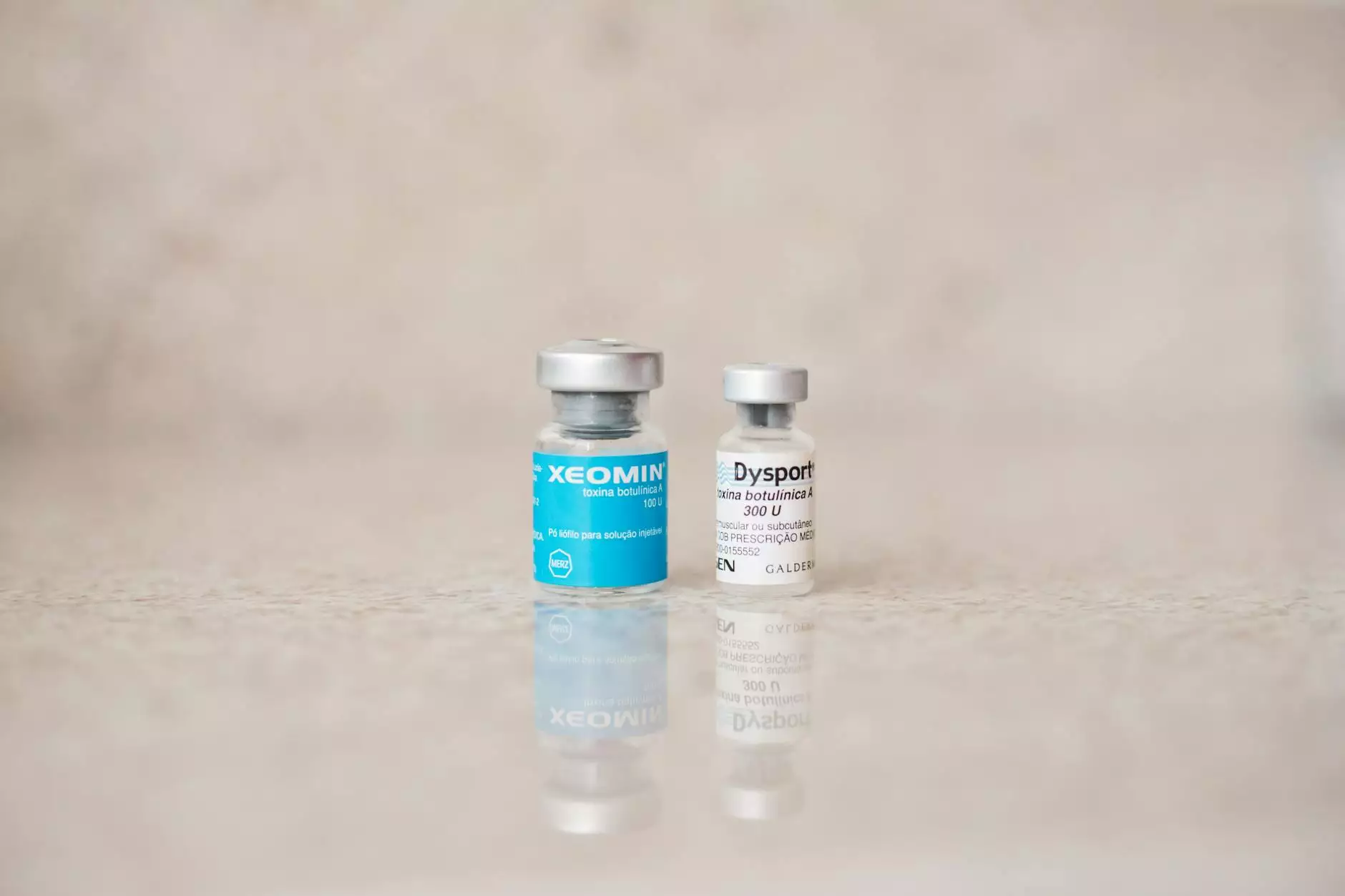Understanding the Differences: Blood Clot vs Bruise

In our daily lives, we commonly encounter injuries that lead to visible skin changes, such as bruises, or more serious medical conditions involving blood flow, such as blood clots. Despite being apparent outward manifestations, these two conditions are fundamentally different in nature, cause, and implications. This comprehensive guide will delve into the intricate differences between blood clots and bruises, providing a thorough understanding that can empower individuals to recognize symptoms and seek appropriate care.
What is a Bruise?
A bruise, medically known as a contusion, occurs when small blood vessels (capillaries) are damaged due to trauma, causing blood to leak into the surrounding tissues. This phenomenon often results from impacts or falls and is characterized by a discoloration of the skin, ranging from a light reddish hue to purples and greens as the bruise heals.
Symptoms of a Bruise
- Color Change: Initially red, then transitioning through shades of purple, blue, black, and finally yellow or green.
- Pain or Tenderness: Often sore to the touch, localized around the area of injury.
- Swelling: Mild swelling may occur in the vicinity of the bruise.
Causes of Bruises
Commonly, bruises result from:
- Physical Impact: Such as falling, being hit, or bumping into objects.
- Medical Conditions: Certain health issues may predispose individuals to more frequent bruising.
- Medications: Blood-thinning medications can increase bruising tendencies.
What is a Blood Clot?
A blood clot, or thrombus, is a mass of blood that thicken and solidifies in an inappropriate place in the circulatory system. Blood clots are a crucial part of the body’s mechanism for healing wounds, but they can also pose serious health risks when they form inside blood vessels without an injury.
Types of Blood Clots
Blood clots can be classified into two main types:
- Deep Vein Thrombosis (DVT): Formation of a blood clot in a deep vein, commonly in the legs.
- Pulmonary Embolism (PE): A life-threatening condition that occurs when a clot dislodges and travels to the lungs.
Symptoms of a Blood Clot
Recognizing the symptoms of potential blood clots is vital, as they can be life-threatening. Symptoms can include:
- Swelling: Often localized in one leg.
- Pain: Similar to cramps or soreness, especially in the calf muscle.
- Red or Discolored Skin: The affected area may appear redder than the rest of the limb.
- Warmth: The area around the clot may feel warm to the touch.
Key Differences Between Blood Clot vs Bruise
While both conditions can cause discoloration and discomfort, they differ significantly in their nature, causes, risk factors, and implications:
1. Causes
Bruises are primarily a result of external trauma, while blood clots usually form due to changes in the blood flow or composition.
2. Symptoms
Bruises manifest with visible skin discoloration and localized tenderness; blood clots show symptoms like swelling and pain that could indicate a more serious condition.
3. Risk Factors
- Bruises: Physical activity and certain medications.
- Blood Clots: Prolonged immobility, certain medical conditions (e.g., cancer, heart disease), and genetic predispositions.
Complications Associated with Blood Clots
Understanding the risks associated with blood clots is critical, as they can lead to serious health issues:
- Pulmonary Embolism: A condition in which a clot travels to the lungs, which can cause breathing difficulties, chest pain, and even death.
- Post-Thrombotic Syndrome: A condition characterized by long-term complications such as chronic pain, swelling, and skin changes.
- Stroke: Occurs when a clot obstructs blood flow to the brain, leading to potentially life-altering consequences.
When to Seek Medical Attention
While bruises generally heal on their own and do not require medical intervention, it is crucial to recognize when to seek help. Consult a healthcare professional if:
- The bruise does not improve after a few weeks or worsens over time.
- You experience significant pain or swelling, especially in one leg.
- Signs of severe illness are present, such as shortness of breath or chest pain.
Treatment Options
Both bruises and blood clots require different treatment approaches:
Treatment for Bruises
Generally, bruises can be managed effectively at home with:
- Rest: Allowing time for recovery.
- Elevation: Raising the affected area above heart level to reduce swelling.
- Cold Compress: Applying ice can help reduce swelling and pain.
- Over-the-counter Pain Relievers: Nonsteroidal anti-inflammatory drugs (NSAIDs) can relieve discomfort.
Treatment for Blood Clots
Medical treatment for blood clots is crucial and may involve:
- Anticoagulants: Medications that help prevent clotting.
- Thrombolytics: Drugs that dissolve clots in emergencies.
- Compression Stockings: To reduce swelling and discomfort in the affected limb.
- In severe cases: Surgical procedures may be necessary to remove the clot.
Preventing Blood Clots
Prevention plays a vital role in managing blood clots. Here are some effective strategies:
- Stay Active: Regular exercise can promote healthy blood flow.
- Avoid Prolonged Immobility: Take breaks during long trips or periods of sitting.
- Maintain a Healthy Diet: Eat foods rich in omega-3 fatty acids and other nutrients beneficial for vascular health.
Conclusion
In summary, understanding the differences between blood clots vs bruises is crucial for recognizing symptoms and taking appropriate action. While bruises are often benign and self-limiting, blood clots can lead to serious health risks, underscoring the importance of awareness and timely medical intervention. Should you encounter any concerning symptoms, it is always advisable to consult with a healthcare provider to ensure your health and well-being.
For more information about vascular health and specialized medical services, consider visiting Truffles Vein Specialists.









